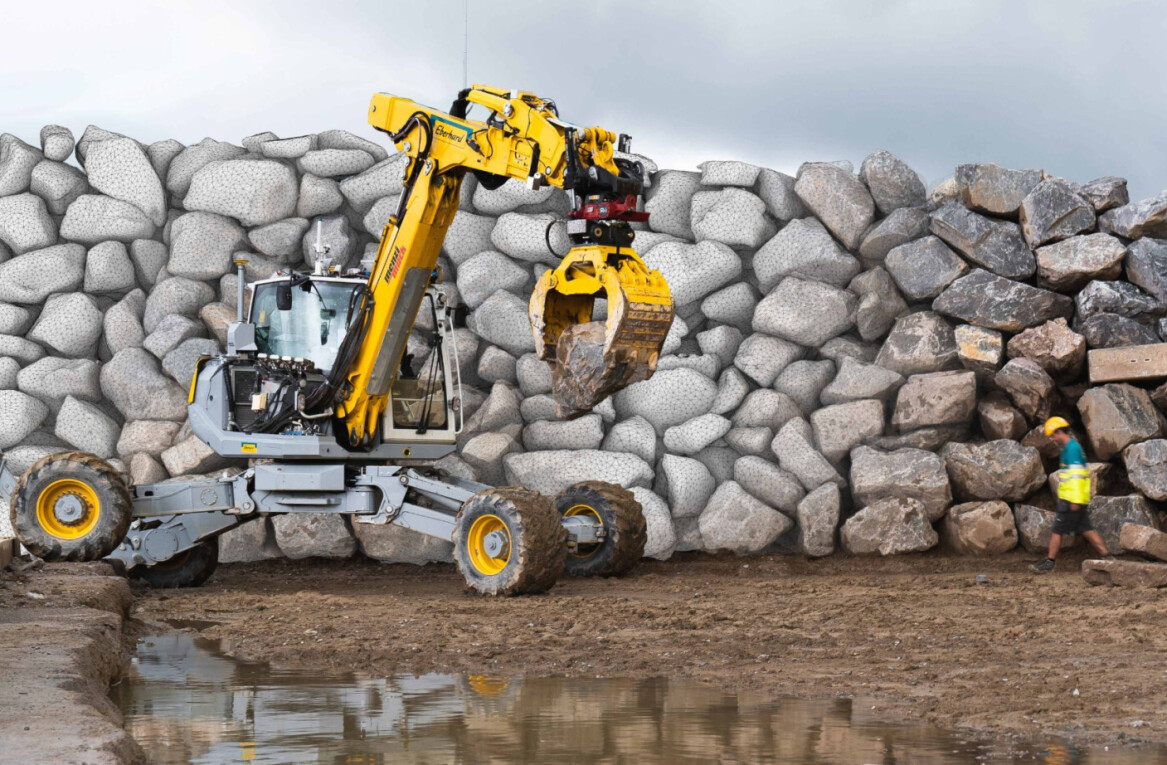
Last year, the UK became the first country to regulate the use of autonomous vehicles at slow speeds on motorways. Specifically, this means vehicles with automated lane-keeping systems (ALKS), able to control steering and speed within a designated lane.
But the government’s expecting that automated driving systems (ADS) will soon develop to a point when an AV will be able to drive itself without a human paying attention to the road — as is now the case.
And, naturally, this has profound legal consequences.
For this reason, the Law Commission of England and Wales and the Scottish Law Commission have revised the Automated Vehicles Act of 2018, recommending a new system of legal accountability.
Drivers shouldn’t be held responsible for accidents
As a matter of fact, the person who’s seating on the driver’s seat while a self-driving feature is engaged will no longer be a “driver.” Instead, they’re considered a “user-in-charge.”
The users-in-charge can’t be prosecuted for offences which arise directly from the driving task: exceeding the speed limit, running a red light, causing an accident, etc.
Instead, they’ll be responsible for other tasks, such as carrying insurance, or checking that children are wearing seatbelts.
However, they may be required to take over driving in response to a “transition demand.” For example, if the vehicle encounters a problem it cannot handle.
This doesn’t mean the user-in-charge must monitor the vehicle’s performance throughout the ride. In such a case, the car would alert the user with visual and audio warnings within a sufficient time frame.
But when the users assume the driving responsibility, they also become legally accountable for any driving offences.
The liability onus falls on the ADS manufacturers
The Law Commission propose a new legal actor behind AVs: the Authorized Self-Driving Entity (ASDE). The ASDE can be either an automaker, a software developer, or both.
The ASDEs are those who will assume legal responsibility for the driving tasks and any related offences. They’re also liable for the following:
- Misleading marketing: It’s considered a criminal offence to use terms like “self-driving” and “automated vehicle” for technology that’s not authorized under the scheme, and which is likely to confuse drivers regarding the distinction between driver assistance and self-driving features.
- Authorization: Every ADSE will need to present evidence of approval, a safety case, and an equality impact assessment.
- Data requirements: The ASDEs should provide regulators with details of how data will be recorded, stored, accessed and protected. That way, the vehicles’ performance can be monitored and assessed, especially in case of accident.
Always vital: the definition of self-driving
The Law Commission proposes the following definition:
A vehicle should only be authorized as self-driving if it is safe even if an individual is not monitoring the driving environment, the vehicle, or the way that it drives.
For the UK body, this doesn’t mean that AVs aren’t compatible with the “transition demand,” mentioned above. Instead, it’s part of a vehicle’s automated capabilities to recognize issues it can’t deal with and issue a handover.
Overall, the report attempts to detail a regulatory framework that can adapt as close as possible to the emerging road safety requirements. And although there are still some grey areas, it shows significant progress towards the safe deployment of autonomous vehicles.
The recommendations have been laid before Parliament, and are pending approval by the UK, Scottish, and Welsh governments.
Get the TNW newsletter
Get the most important tech news in your inbox each week.




